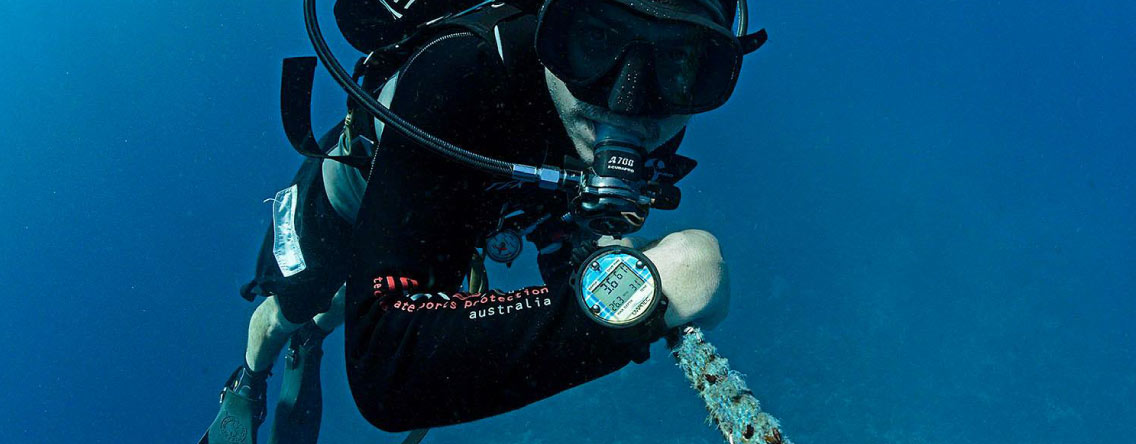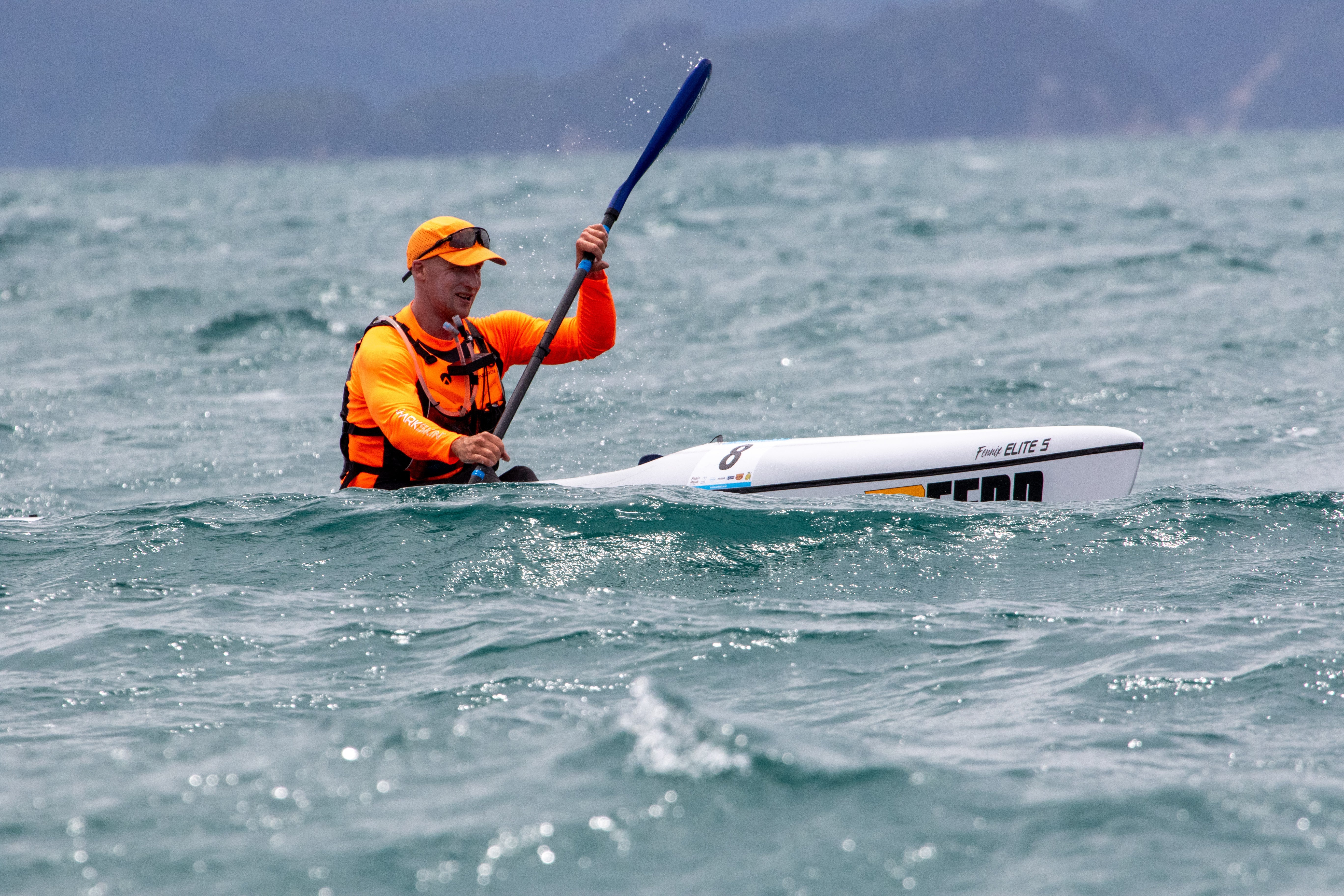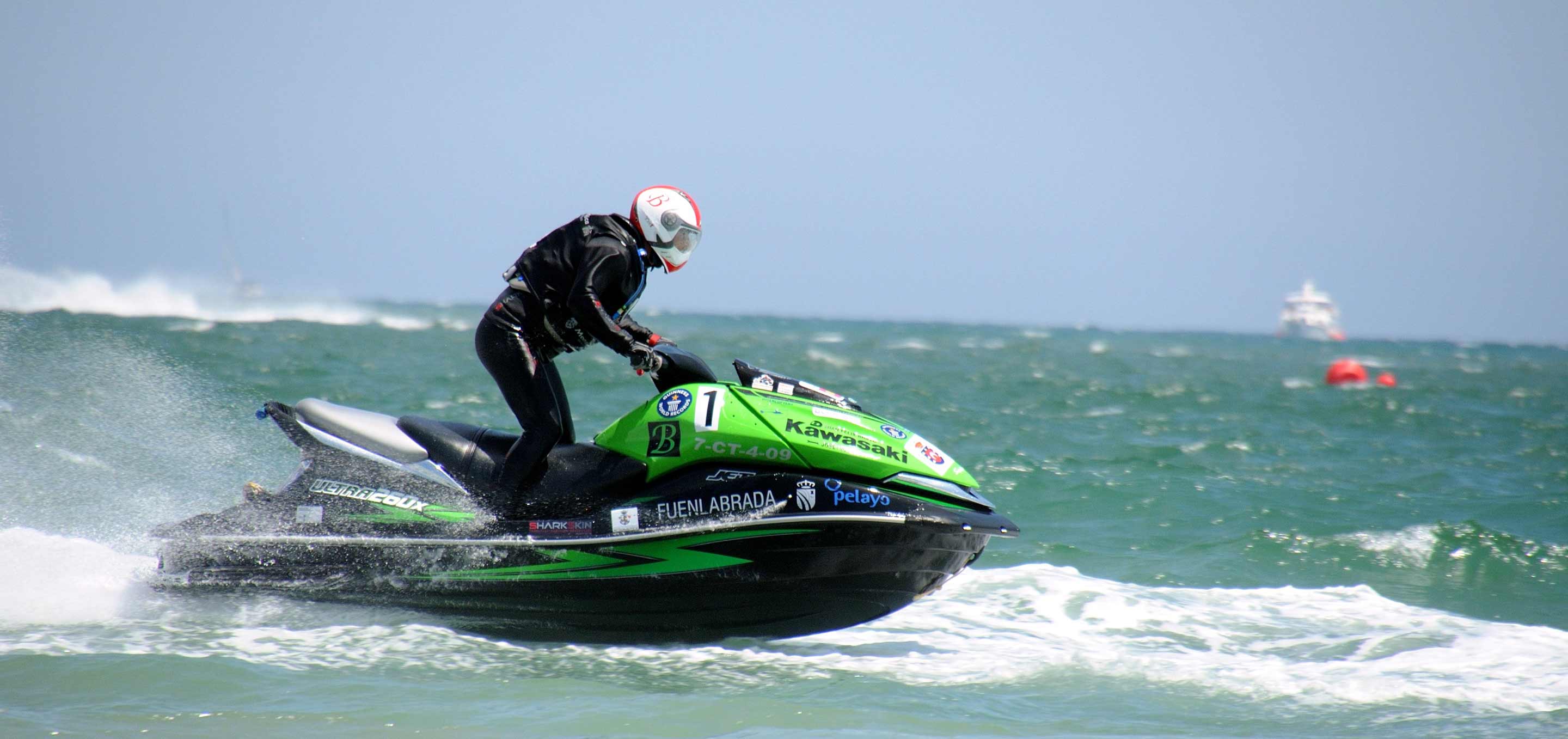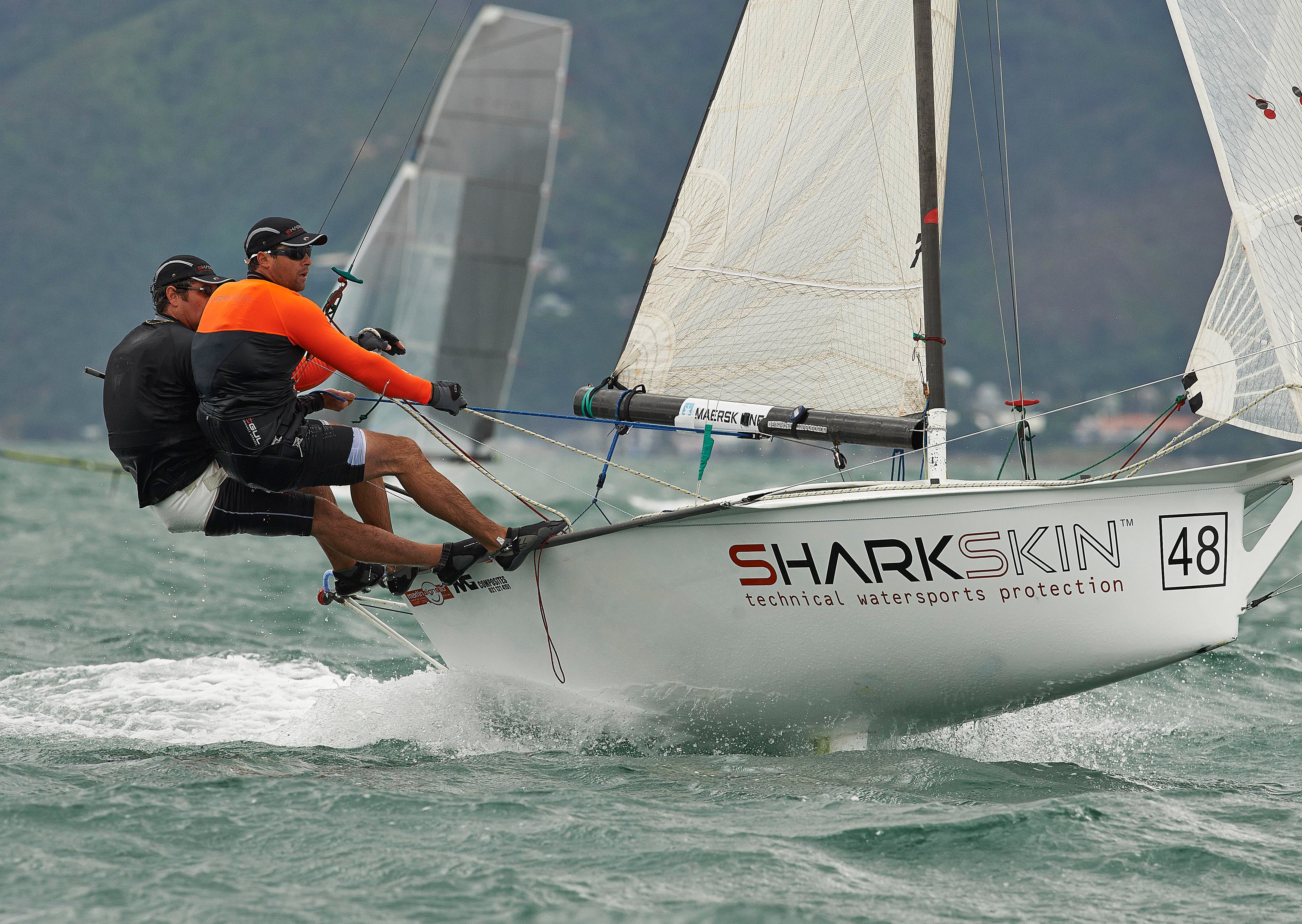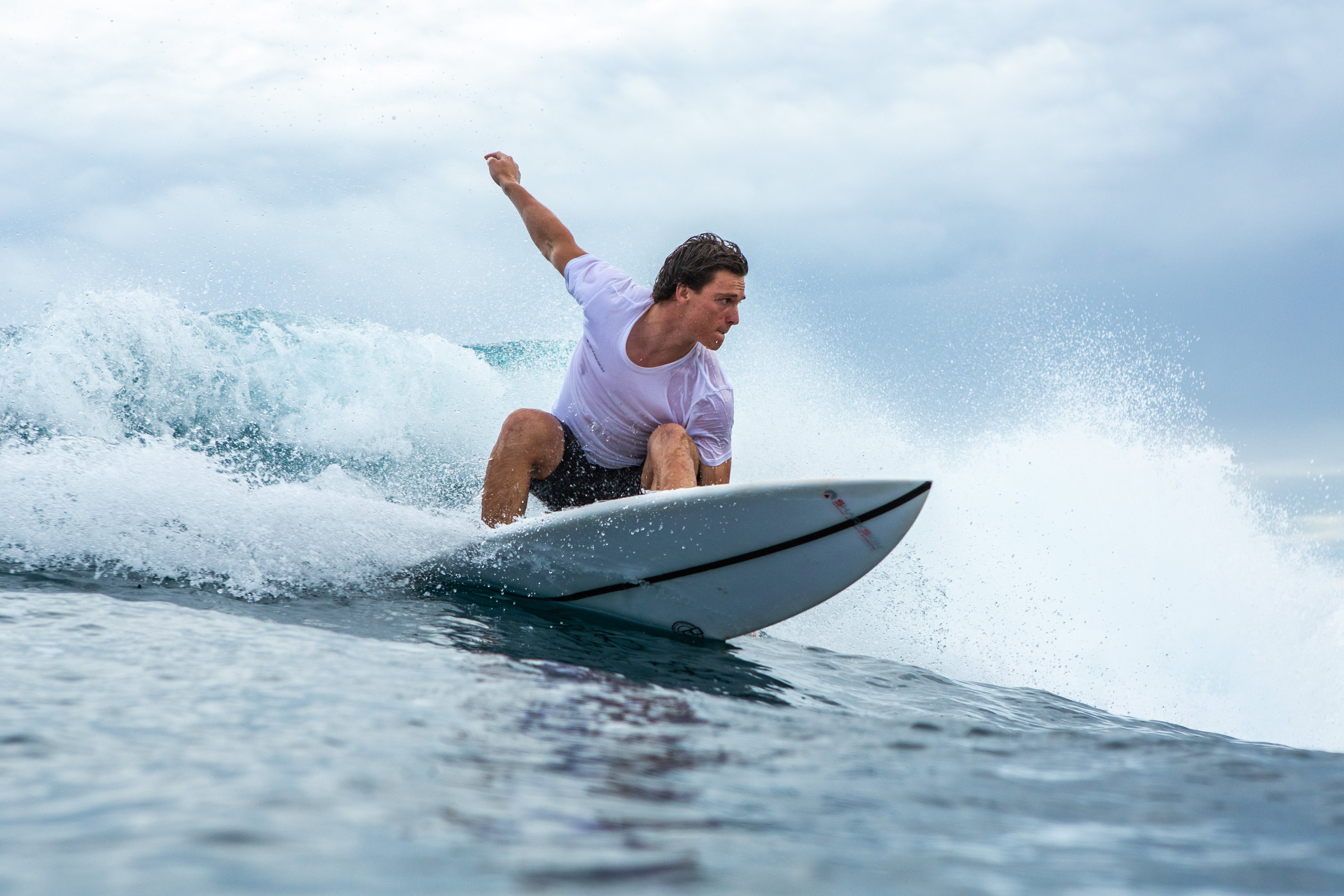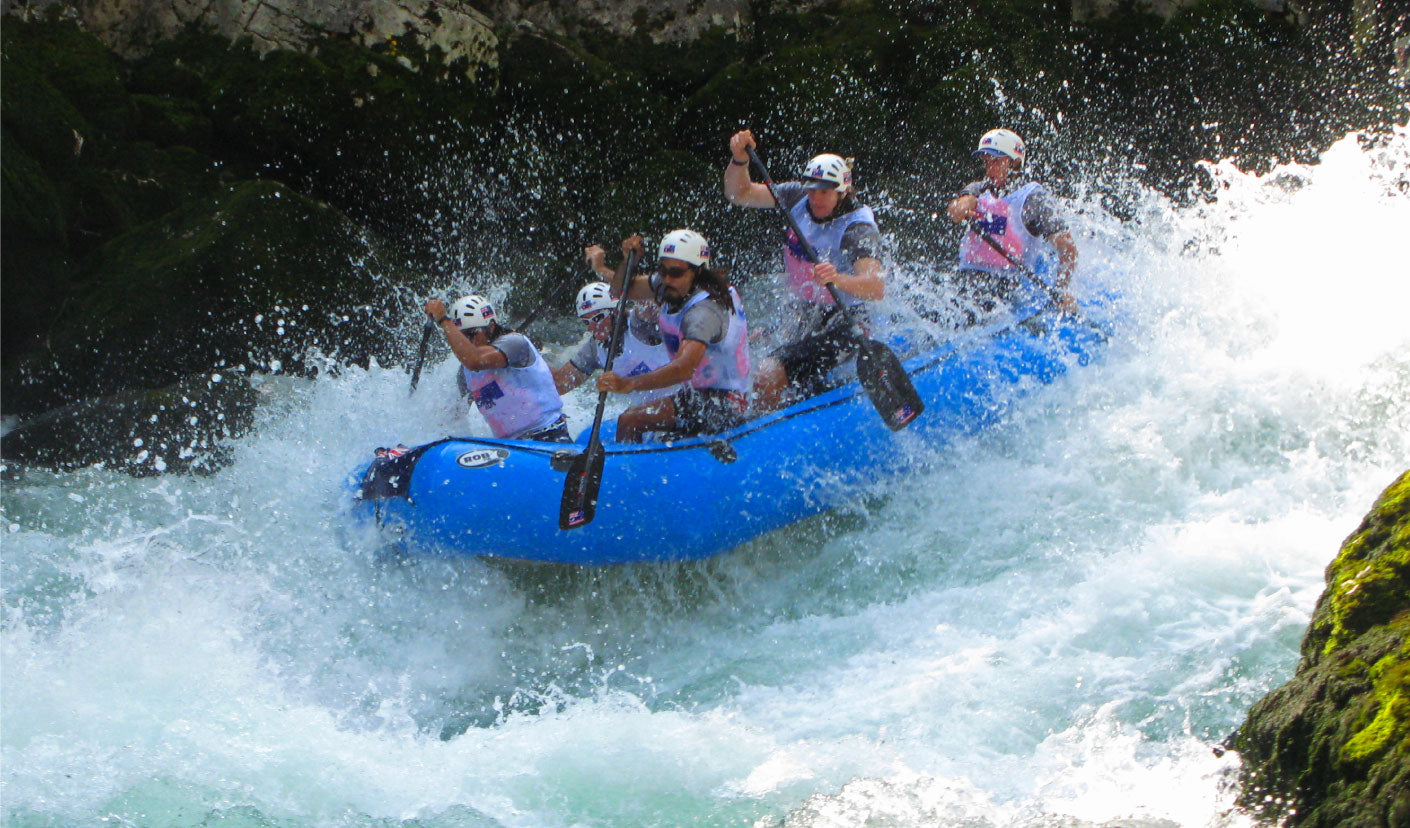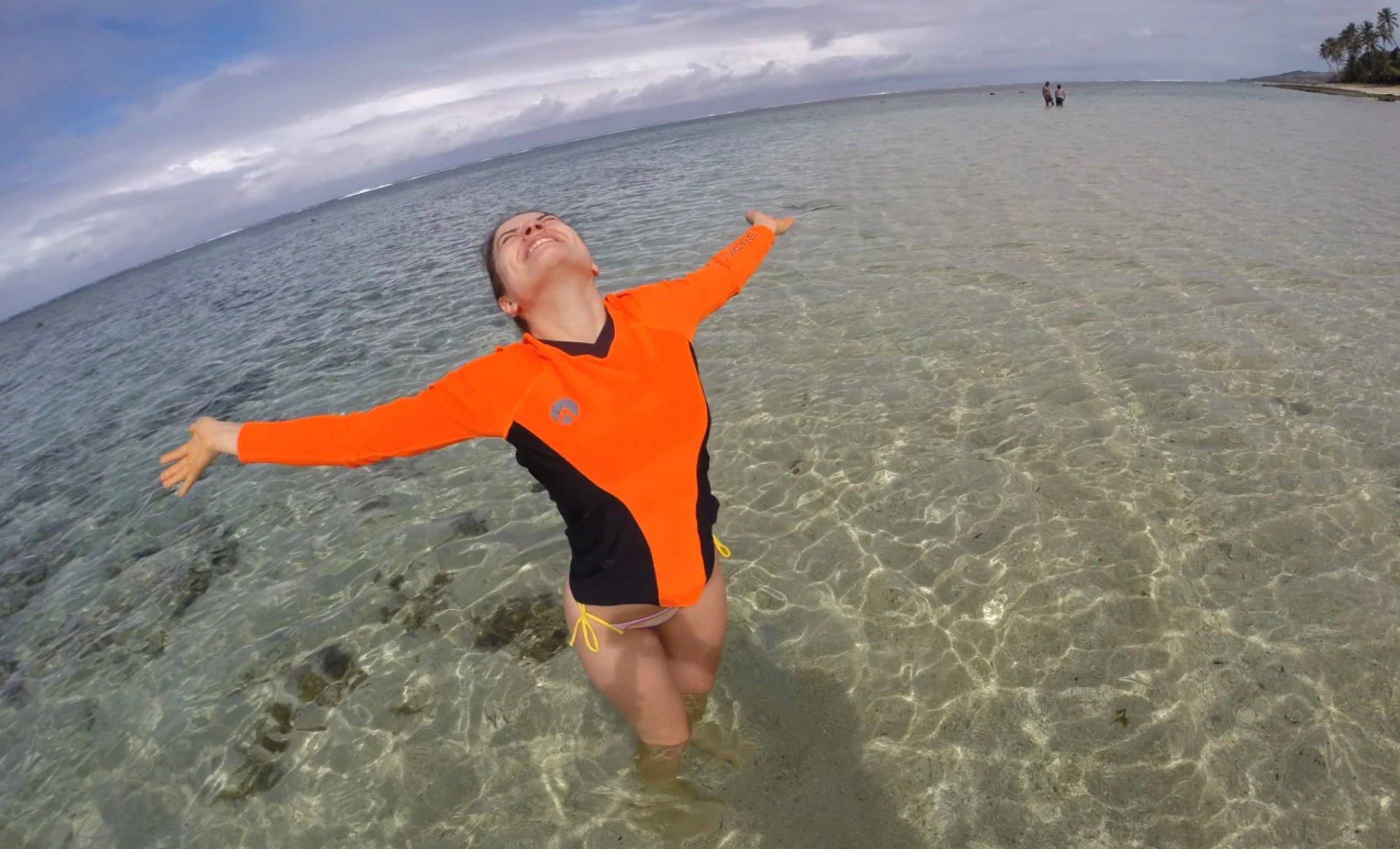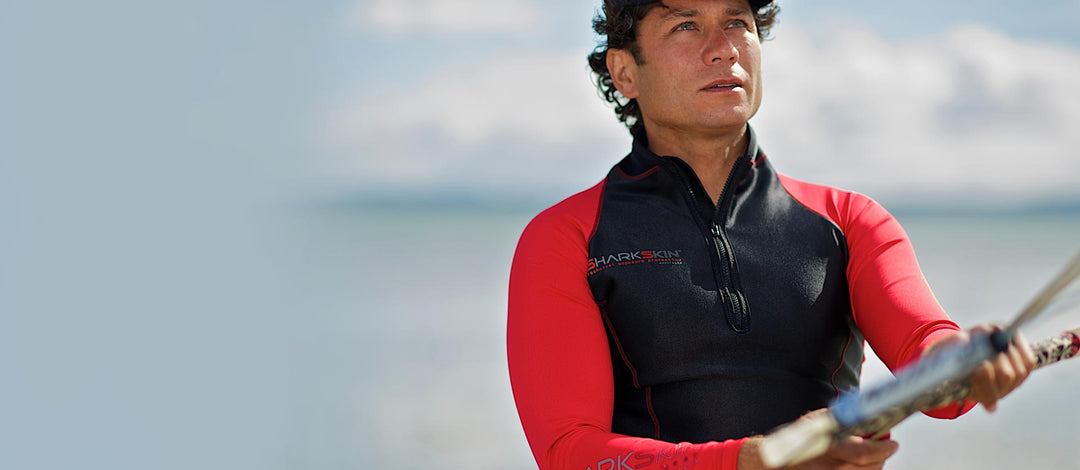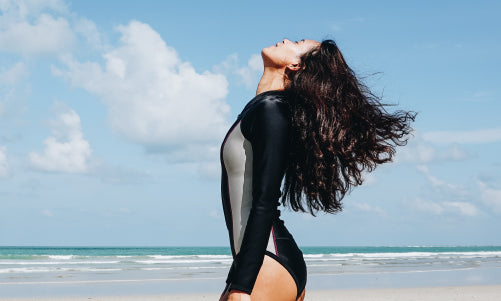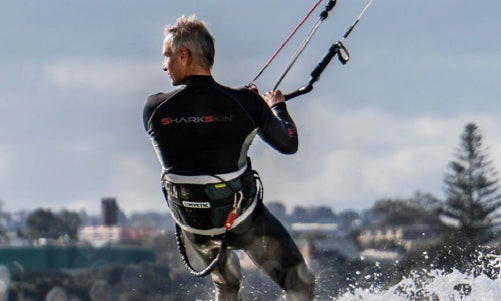Underwater Photography for Beginners: A Friendly, Fact-Filled Guide
Underwater photography is a fun way to capture the striking scenes found beneath the waves. It blends creative skills, an interest in the underwater world, and a good understanding of camera settings. If you’re new to taking underwater photos, this article will guide you through essentials such as camera housing, white balance, and basic safety.

Basic Gear and Preparation
- Choosing an Underwater Camera and Housing
- Many beginners start with a compact camera or an underwater camera that fits easily in a bag. A waterproof case, known as a camera housing or underwater housing, keeps your gear dry and protected.
- Experienced underwater photographers often use DSLR or mirrorless models with custom enclosures, but these can be expensive. If you’re looking for a simpler, budget-friendly option, a compact setup can still give great results.
- Ensuring Dive Safety
- Always remember that personal safety comes first. Consider swimming or snorkelling with a buddy who can help if you have gear issues or other problems. Our post on the Buddy System in Snorkeling and Diving explains how sharing the experience improves both safety and fun.
- Protecting Marine Life
- Underwater photography should never harm the environment. Practice good buoyancy to avoid damaging reefs. For tips on respecting nature while submerged, see our article on Exploring the Underwater World.
Key Camera Settings
- White Balance (Auto, Custom, or Underwater Mode)
- Auto white balance can be sufficient in clear water, but if you notice too much blue or green, manual white balance or custom white balance may help correct colour. Many cameras also have a special white balance or underwater mode for improved tones.
- Aperture Priority
- Some beginners select aperture priority mode to control the f-stop while letting the camera handle shutter speed. This is helpful in situations where light changes quickly.
- Shutter Speed and Ambient Light
- Underwater, there is less natural light to work with. Keep an eye on your shutter speed to prevent blurred photos. If you need extra brightness, consider using an external strobe to add more light and colour.
- Wide Angle
- Wide angle lenses are popular in underwater photography because they help capture broad subjects, such as reefs or large fish, while keeping close to reduce the amount of water between the lens and the subject.
Practical Tips
-
Practice in Shallow Water
Start in shallow spots where ambient light is more abundant. This helps with focusing on subjects without worrying too much about low visibility. -
Get Close
Water reduces sharpness and colour, so get as close as you can to your subject. This will boost clarity and reduce backscatter (the white specks caused by the strobe lighting up particles in the water). -
Check Your Safety First
Always pay attention to your depth and air supply (if you’re using scuba gear). For extra tips on staying warm, see our piece on The Science Behind Thermal Protection in Water Sports.
Frequently Asked Questions
Q: How do I get started in underwater photography?
A: Begin with a compact camera and a well-fitted underwater housing. Practise shallow dives or snorkelling, and learn basic camera settings like custom white balance and shutter speed adjustments. It’s also smart to start with a buddy who can look out for you.
Q: What are the best settings for underwater photography?
A: While it varies by location and water clarity, many beginners use aperture priority with a moderately high ISO (e.g., ISO 200–400) and auto white balance or an underwater mode. If colours look dull, switch to manual white balance or add an external strobe for extra brightness.
Finally
Underwater photography is a chance to find the beauty hidden beneath the waves. As you gain more experience, you’ll learn how to adjust settings, compose interesting shots, and work with changing conditions. Enjoy the process, stay safe, and respect marine life along the way.
Explore with Confidence
If you’re interested in diving and snorkeling activities to capture stunning underwater photos, don’t overlook warmth and comfort. SHARKSKIN apparel is perfect for staying insulated and protected underwater, thanks to its Chillproof fabric. This breathable yet windchill-proof material offers the same thermal benefit as a 3mm neoprene suit without the extra bulk or buoyancy issues.
Whether you’re taking pictures in warm tropical waters or going deeper with a wetsuit for added warmth, SHARKSKIN products adapt to your needs. With options like the stand-alone Thermal Flex, Chillproof and T2 Chillproof garments by themselves or layered beneath a wetsuit, you’ll remain snug so you can focus on getting amazing images. Start your next underwater photography experience with confidence, knowing you’re warm and well-protected.




